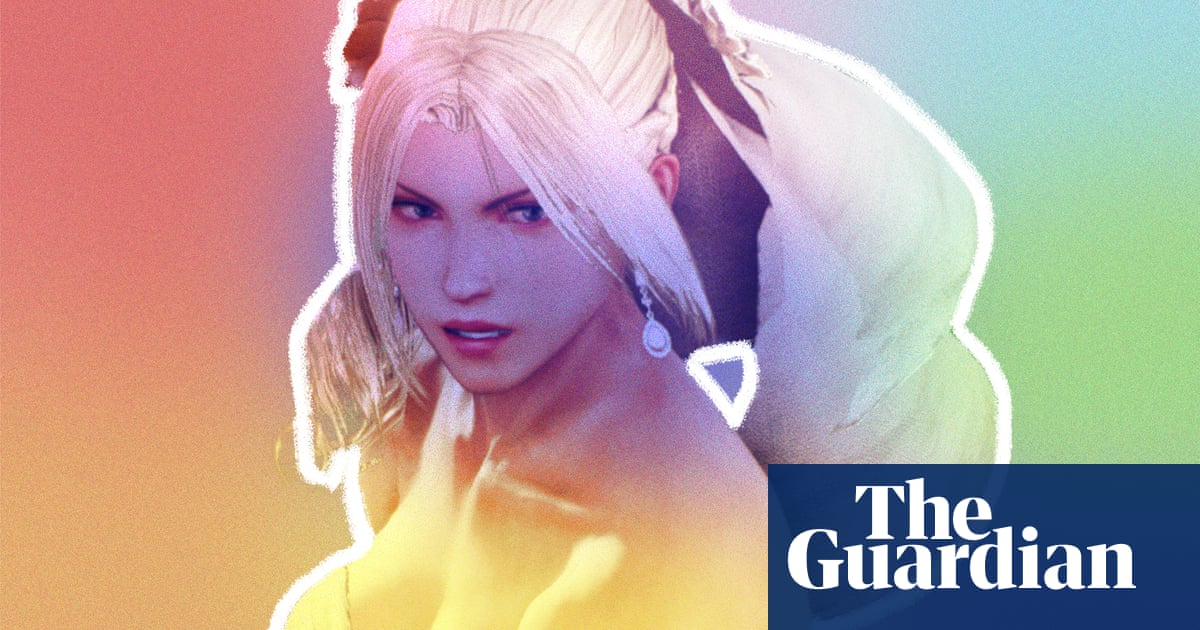Growing up, fighting video games such as Tekken and Street Fighter were a core part of bonding during summer holidays for my brothers and I. For me, beat-em-ups were less about nurturing any masculine impulses toward strength and destruction, and more about the lore of the fighting game and its varied fighting styles, which played like a dance on the TV screen. That, and the ever-expanding rosters of sexy, glamorous femme fatales.
There is a joke I have often heard that you know a young boy may be of the lavender persuasion if he only picks female characters in beat-em-up fighting video games – the parents might think it’s because he fancies them, but really it’s a form of diva worship. That was certainly true for me.
As a fan of the Japanese beat-em-up fighting series Tekken, I have had a lifelong fascination with two characters: Nina Williams and her sister, Anna. Nina debuted in the very first Tekken game in 1994. A complex, ice cold, blond bombshell assassin from Northern Ireland, Nina is distinct for her skin-tight purple outfits and knee-high boots, with a fighting style which blends aikido and koppojutsu. While the Tekken community believe her early designs appeared to be derived from Sharon Stone’s performance in Basic Instinct, later iterations of the character drew from a wider pool of femme fatales including Kill Bill’s Beatrix Kiddo (in Tekken 7, Nina wears a destroyed wedding gown).
Why did Nina unlock a kind of queer longing in me? Certainly there’s the adoration of femininity that was consistent for me as a child with a precocious sense of my sexuality, but there was also something in the precision and elegance of her movements. Where other Tekken characters relied on brutish punches and head-butts, female characters such as Nina delighted me with their slaps, jabs and rhythmic, pirouetting gracefulness. As a young gay kid who was often teased and bullied for a preference to hop, skip, jump and prance around like a ballet dancer, I drew confidence from Nina’s own assuredness.
Over the course of the series, Nina Williams enjoyed an intense, campy rivalry with her younger, arguably more glamorous sister Anna, which entailed stolen dresses and heels, dramatic slaps, snatched bikini tops, and one murdered fiance.
High camp, classic drama. But Anna clearly longs for love and acceptance from her sister despite Nina’s hostile, unfeeling disposition – something which I think spoke to me as a queer boy wanting the same in a world I felt didn’t want me.
When Tekken 8 was released last year, Anna Williams was left off the roster, prompting backlash. When she was finally released in an update, redesigned with an asymmetrical bob with red highlights and a bazooka nicknamed “Lucky Tom”, there was much celebration particularly from queer fans. Mother is back!
But Tekken isn’t especially sentient about its appeal to queer audiences (despite the inclusion of a genderless character, Leo Kliesen, in the sixth game). In avideo discussing Anna’s popularity, series game designer Michael Murray expressed surprise that “Anna is really popular among LGBTQ+ players”, while executive producer Katsuhiro Harada remarked that “Anna is particularly popular among lesbians”. Much of this is because of Anna’s personality in the series – histrionic, flirtatious and sensual. In an interaction with an older male character she says, “well hello you silver fox, looking for a good time?” I’m planning to steal that line to set up my next Grindr encounter.
